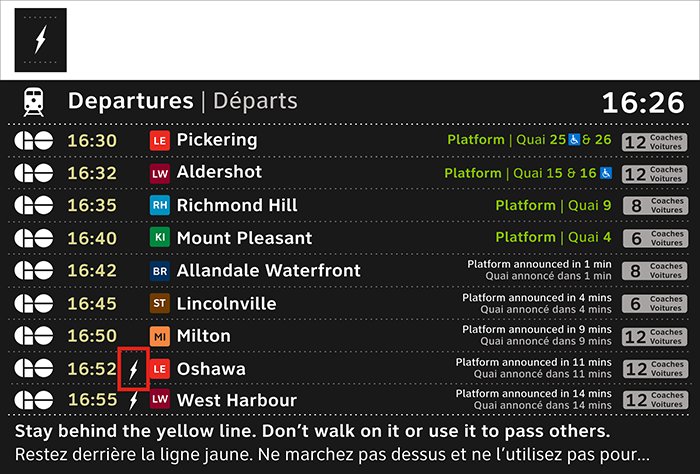dowlingm
Senior Member
This might be a bit of a long shot, but following on from the train meets discussion a few pages back, would any consideration be given to relocating the Stratford railyard east of Romeo using powers and funding under the Railway Relocation and Crossing Act? Would allow creation of a multiple track station area, free up space for park and ride/bus loops, maybe some light TOD, perhaps some extra street grid connections.
Aside from other negative considerations, it might rip open the same demands in Hamilton, but it seems to me that it would strengthen the urban fabric of that part of Stratford (the TOD adding to the tax roll) and relocate the switching noise/inconvenience to the big box zone to the east away from the bulk of residential use.

Aside from other negative considerations, it might rip open the same demands in Hamilton, but it seems to me that it would strengthen the urban fabric of that part of Stratford (the TOD adding to the tax roll) and relocate the switching noise/inconvenience to the big box zone to the east away from the bulk of residential use.





